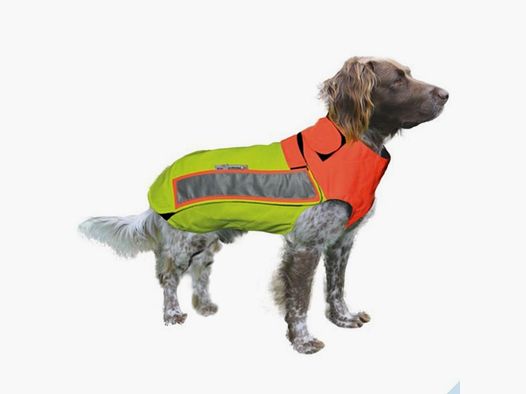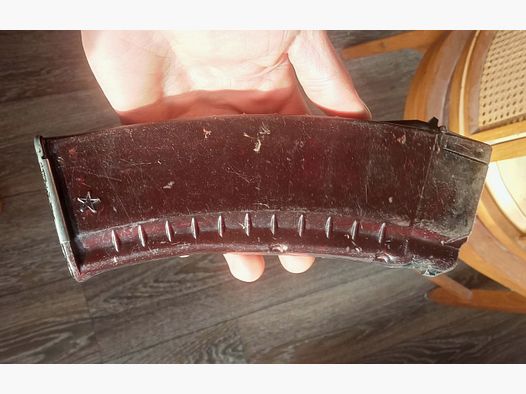For a long time, babesiosis, also known as dog malaria, was considered a typical "Mediterranean disease." However, the risk of infection with this disease has now increased in Germany as the main vector, the forest tick, has become native here. In this article, you will learn how to determine if your dog is infected and what treatment options are available in the event of an infection.
What is Babesiosis and How is it Transmitted?
Babesiosis, also known as dog malaria, is caused by single-celled parasites called Babesia. These parasites multiply in the dog's body after a tick bite and destroy red blood cells. Unlike human malaria, babesiosis is not transmitted by mosquitoes but by ticks. It is important to know that the disease only affects dogs and poses no direct risk of infection to humans.
Spread of Babesiosis in Germany
Previously, babesiosis mainly occurred in the Mediterranean region, but it is now spreading in Germany as well. In particular, dogs that come from Southern European countries or have traveled with their owners to affected areas are at risk. Although babesiosis is still relatively rare in Germany, precautions should be taken to prevent infection. It is important to note that the disease can often be more severe for dogs in Germany than for local dogs in affected areas.
Symptoms of Babesiosis in Dogs
The symptoms of babesiosis can appear as early as one day after infection, but it can also take up to three weeks for the first signs to become visible. The severity of the disease depends, among other factors, on the species of Babesia. In some cases, babesiosis can take an acute course, while in others it becomes chronic. Typical symptoms include:
- Apathy
- Loss of appetite
- Weight loss
- Fever over 40 degrees Celsius
- Diarrhea
- Fluid retention
- Kidney failure
- Yellow mucous membranes
- Blood-tinged urine
- Anemia
- Lack of condition
- Hemorrhages in skin and mucous membranes
- Signs of paralysis
Diagnosis of Babesiosis in Dogs
If babesiosis is suspected, a veterinarian should be consulted. Important information includes whether the dog has been abroad and whether a tick infestation may have occurred. The veterinarian will take a blood sample and can examine it under a microscope. If the diagnosis is not clear, a special PCR test can be performed to verify babesiosis. If there are clear symptoms, treatment can begin immediately. Early treatment is crucial for the successful recovery of the dog.
Treatment of Babesiosis in Dogs
The treatment of babesiosis is usually done by administering a medication that acts against Babesia. The exact duration and intensity of treatment depend on the general condition of the dog and the severity of the disease. The medication is usually injected, and accompanying infusions of fluids and blood may be given to support the dog. It is important to note that babesiosis is a serious infectious disease and treatment is not always successful. Timely prophylaxis against tick bites is therefore the best way to protect the dog from infection with babesiosis.
Prevention of Babesiosis in Dogs
Since babesiosis is transmitted exclusively by ticks, consistent prevention is of great importance. This applies both in summer and winter, as ticks can also be active at low temperatures. Many dog owners only start tick protection when it is already too late. It is important to use tick collars, spot-on preparations, or sprays in a timely manner to protect the dog from tick bites.
After every walk, the dog should be thoroughly checked for ticks. If a tick has already bitten, it should be removed immediately with a tick removal tool, regardless of the direction of rotation. Quick removal reduces the risk of pathogen transmission.
In Summary
Babesiosis, also known as dog malaria, is a tick-borne disease that is increasingly occurring in Germany. It is important to recognize the symptoms of babesiosis and to consult a veterinarian early to make a diagnosis and begin treatment. Consistent prevention against tick bites is the best protection against infection with babesiosis. Through regular checks and the use of appropriate tick protection products, the risk of infection can be minimized and the health of the dog protected.





























